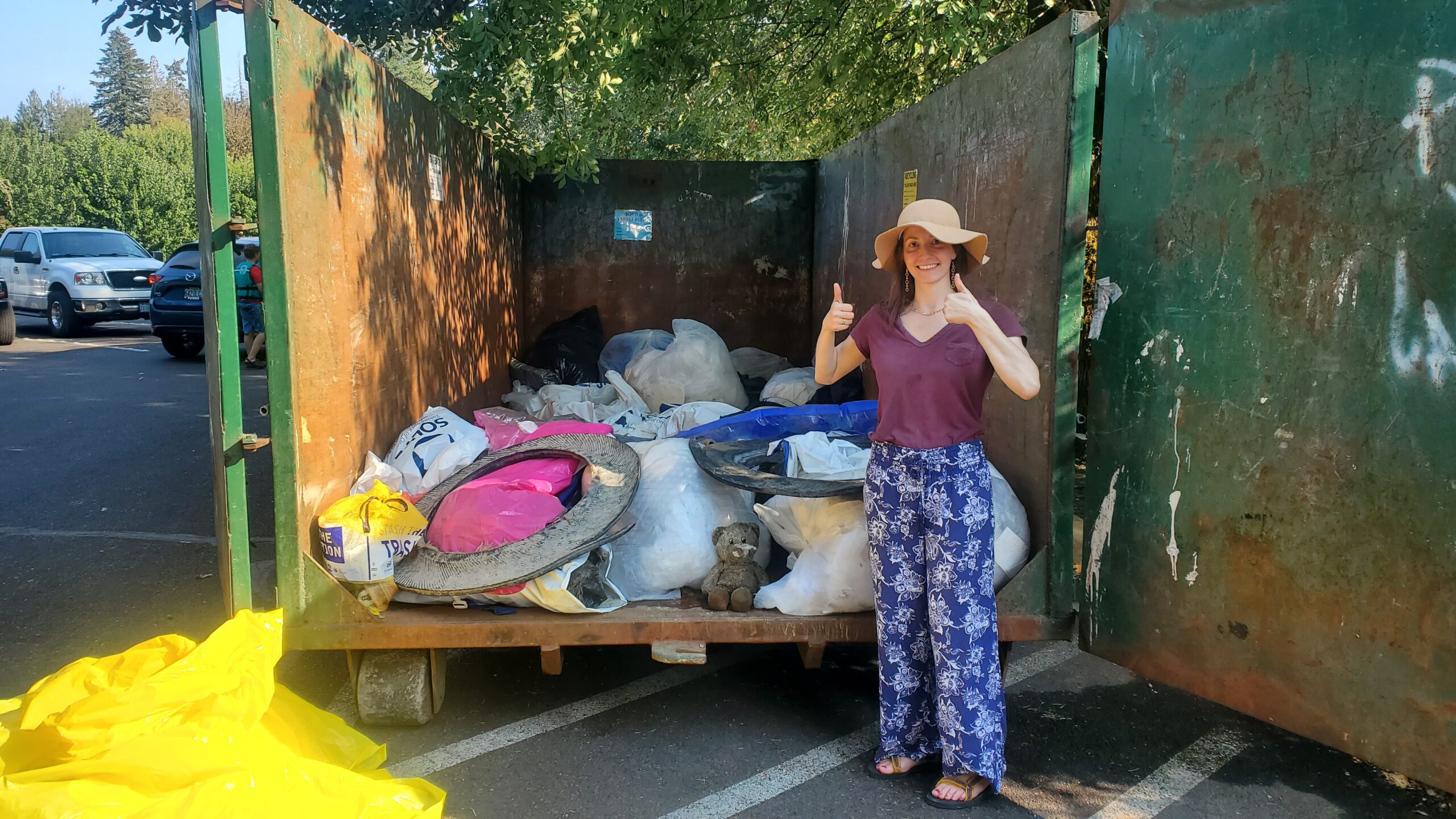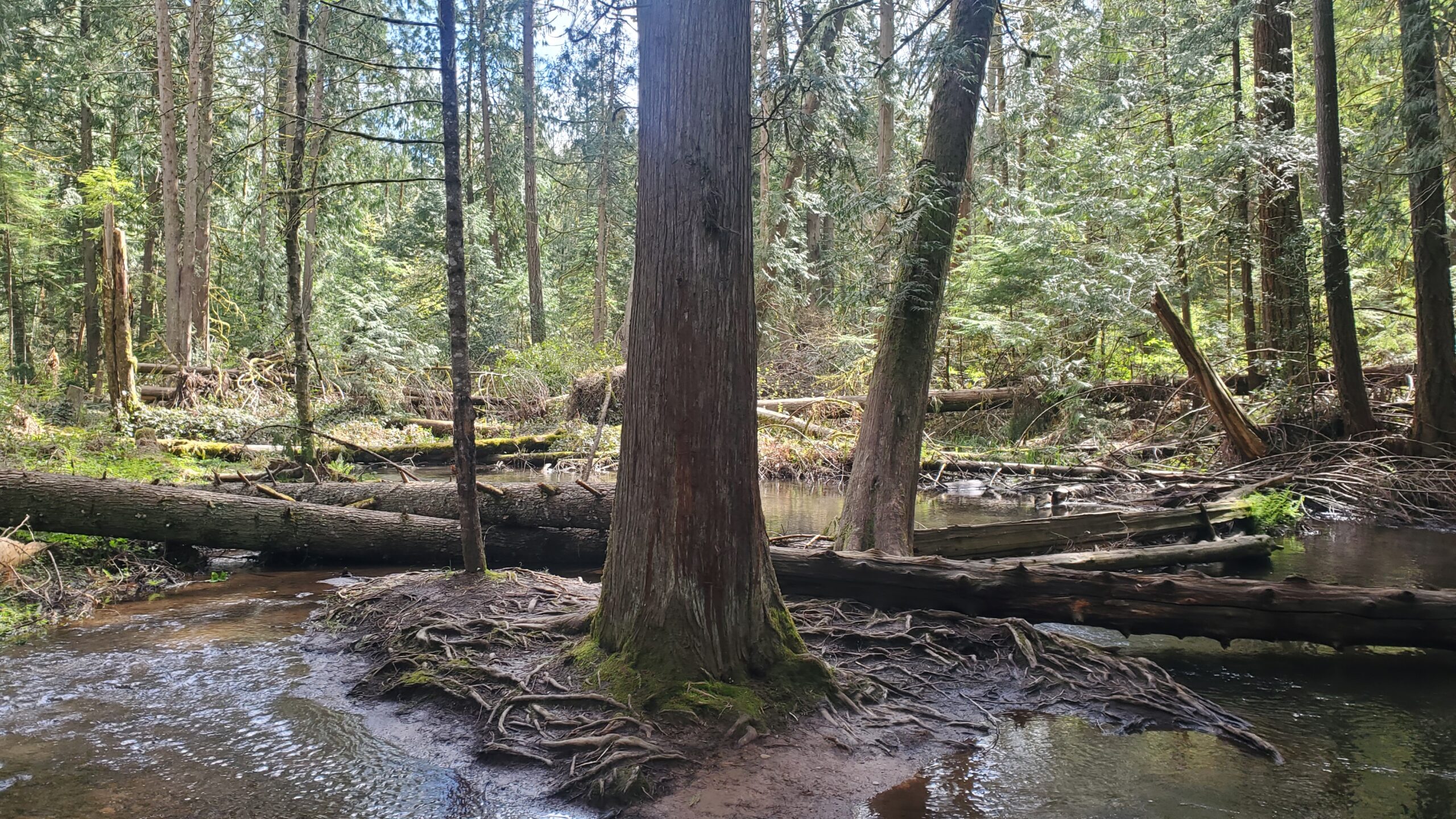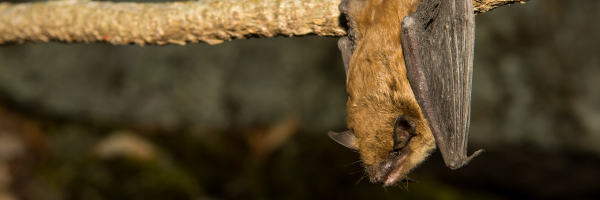Why are native plants important in the Clackamas watershed?
Native plants are important for two broad reasons: they are adapted to our region, and they have co-evolved with our local ecosystems. That adaptation means that native plants are able to thrive in the right environments, while being co-evolved means that they support a much more diverse and productive food web than non-native plants are generally able to. In other words, native plants feed everything else in the environment vastly better than non-native plants usually can. This is especially important for insects, which are often very choosy about which plants they are able to use for food, and which in turn are a critical food source for birds, fish, and many other kinds of wildlife.
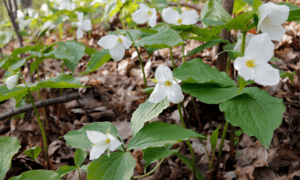
What are a few great options for native plant plants to incorporate into small gardens?
Which native plants you use in your garden really depends a lot on what your garden conditions are. Just because a plant is “native” doesn’t mean it will grow just anywhere around here; each has different preferences for sunlight, water, soils, and elevation. I highly recommend Metro’s free Native Plants for Willamette Valley Yards booklet for a lot of really helpful information on native plants that make good choices for the home garden.
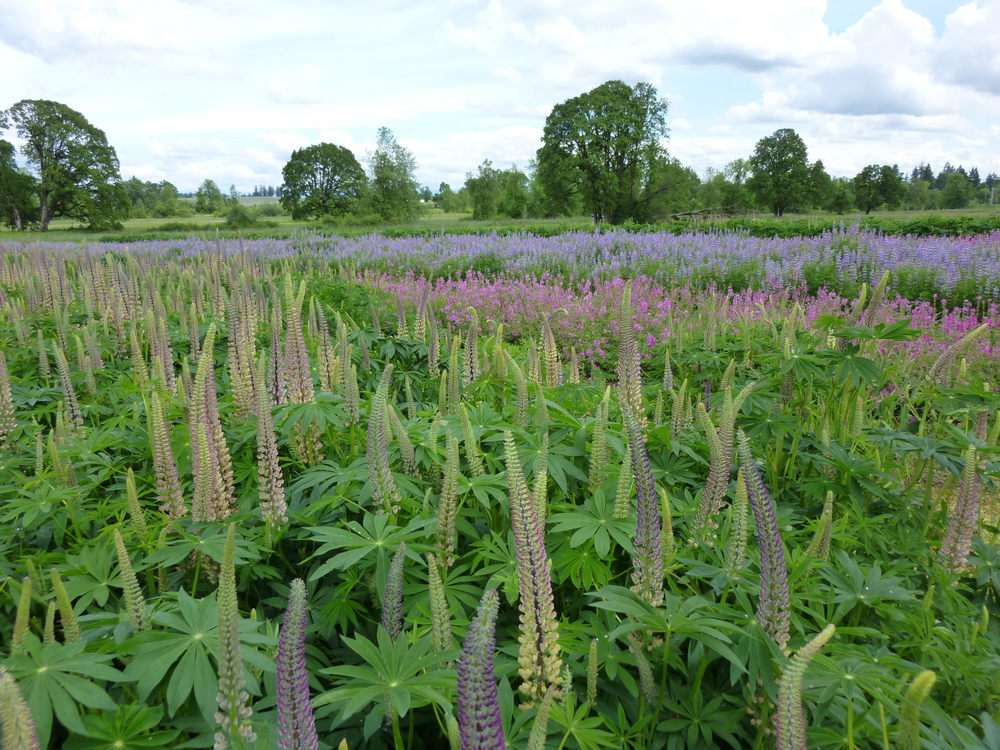
What plants do you recommend to attract native bees and butterflies?
More than anything else, I recommend diversity. Native pollinators have a wide range of flower preferences, and providing a mix of flowers with different characteristics throughout the season (February to October) will make sure that there’s always something available for as many pollinators as possible. Think about different shapes, colors, bloom times, nectar and pollen production, and even fragrance–all of which make your garden more interesting year-round, as well! The Garden Ecology Lab at OSU has done a lot of recent research on native plant picks for bees; butterflies have their own preferences (including needing specific host plants for their caterpillars). Remember to plant flowers in masses to make the floral resources more attractive, and remember that showy doesn’t always equal productive (or vice-versa); many ornamental flowers like tulips or English roses have little pollinator value, while the rather plain-looking flowers of native willows are the vital spring food source for most of our early-season bees.

How about native plants that make great lawn replacements?
While there aren’t really any native turf grasses, there are some great options for a low-profile, open landscape. Meadowscaping is a wonderful approach for creating native prairie habitat in your yard, with the right investment of time and resources. If you want an evergreen groundcover that will tolerate some foot traffic, consider kinnikinnick (Arctostaphylos uva-ursi) or twinflower (Linnaea borealis). Keep in mind that both of these are “native” across much of the Northern Hemisphere so make sure you’re buying locally-sourced plants. A specialist nursery or native plant sale is more likely to carry truly “native” plants than a large garden center, but it’s worth asking wherever you shop.

What plants do you recommend for drought tolerance?
Many native plants are drought-tolerant once established; even the toughest native plant really benefits from being watered for the first year or two. The Native Plants for Willamette Valley Yards booklet is a great resource for choosing the right plants for your yard.

Are there any plants that home gardeners should avoid?
We live in a part of the world where plants really like to grow–and that includes many introduced plants that have become noxious weeds, including familiar nuisances like ivy or Armenian (“Himalayan”) blackberry. Thankfully, many wonderful native alternatives exist to many of these troublesome plants, and the WeedWise program can help you control, or even eradicate, the bad actors. Of course, some natives are also prone to running wild in gardens, so think carefully before planting, say, Douglas aster or snowberry if you want something that will stay put.

How does someone find out if a plant that pops up in their yard is a friend or foe?
The 4-County Cooperative Weed Management Area (4C-CWMA for short) has a great resource page for invasive plants, including identification and management tips. If you think you have a noxious weed (or any other organism of concern, such as emerald ash borer) on your property, report it to the Oregon Invasive Species Hotline and an expert will soon be on the case.
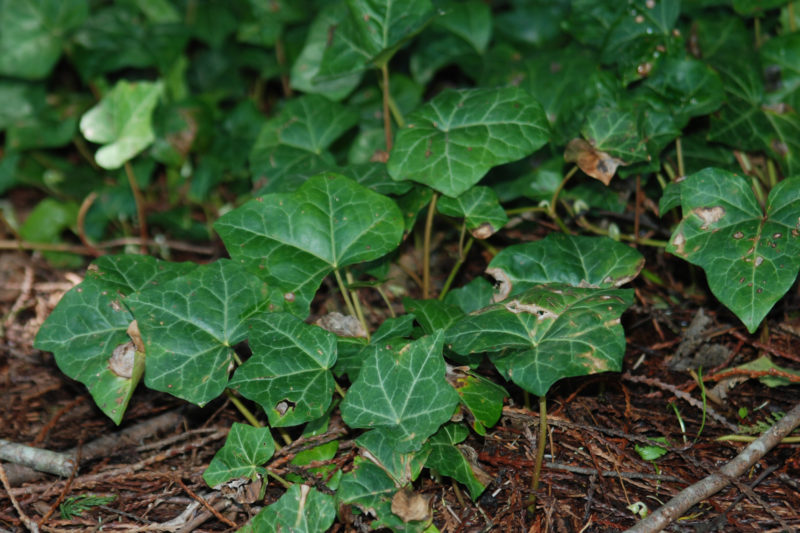
Any other tips for how residents can use native plants?
Approach native plant gardening with a sense of curiosity, humility, and willingness to learn. It is a gateway into a different approach to gardening, one where you are working with the land as an equal partner and letting go of a bit of control. Tolerate, and even embrace, some messiness; a healthy native ecosystem will have leaf litter, dried-out stems, dead wood, bug damage, and plants not quite elegantly arranged. If you’re doing it right you’ll be cultivating a bit of Zen along with your wildflowers. The payoff is a garden full of delightful surprises, whether it’s leaf-cutter bees carving up your Clarkia petals or an owl pair nesting in your big Douglas fir.



